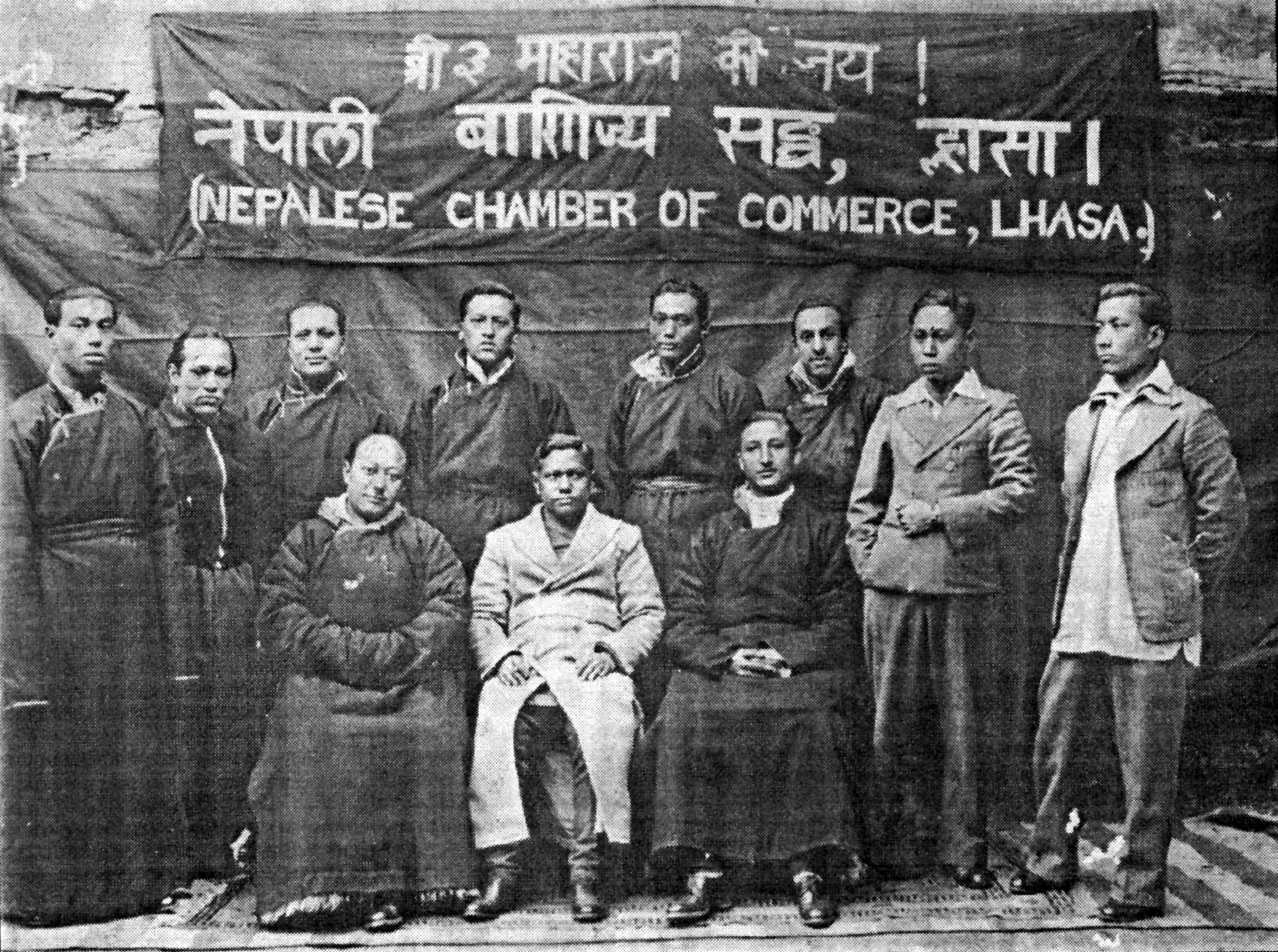|
Nepal Bhasa Academy
Nepal Bhasa Academy is a Nepal Bhasa organisation. It promotes Nepal Bhasa and aims to develop the language. However, at present it records and makes a systematic study of the culture of the Newars before it is too late as it seems inevitable most of it is given up, forgotten and lost because of changes due to modernization, rapid improvement in information technology, transportation and communication systems and the impact mixed and imported culture. History On 18 January 1992, Nepal Bhasa Academy organized a symposium of distinguished scholars, intellectuals, writers, artists and social workers of the Newar community to discuss a long-felt need for an authoritative academic institution to work systematically for the preservation and promotion of the Nepal Bhasa and cultural heritage of the Newars Newar (; new, नेवार, endonym: Newa; new, नेवा, Pracalit script:) or Nepami, are the historical inhabitants of the Kathmandu Valley and its surrounding areas i ... [...More Info...] [...Related Items...] OR: [Wikipedia] [Google] [Baidu] |
Nepal Bhasa
Newar (), or Newari and known officially in Nepal as Nepal Bhasa, is a Sino-Tibetan languages, Sino-Tibetan language spoken by the Newar people, the indigenous inhabitants of Nepal Mandala, which consists of the Kathmandu Valley and surrounding regions in Nepal. "Nepal Bhasa" literally means "Nepalese language", however the language is not the same as Nepali language, Nepali (Devanagari, Devanāgarī: नेपाली), the country's current official language of the central government. The two languages belong to different language families (Sino-Tibetan and Indo-European languages, Indo-European, respectively), but centuries of Language contact, contact have resulted in a significant body of shared vocabulary. Newar was Nepal's administrative language from the 14th to the late 18th century. From the early 20th century until 2006 democracy movement in Nepal, democratisation, Newar suffered from official suppression. From 1952 to 1991, the percentage of Newar speakers in ... [...More Info...] [...Related Items...] OR: [Wikipedia] [Google] [Baidu] |
Newars
Newar (; new, नेवार, endonym: Newa; new, नेवा, Pracalit script:) or Nepami, are the historical inhabitants of the Kathmandu Valley and its surrounding areas in Nepal and the creators of its historic heritage and civilisation. Page 15. Newars form a linguistic and cultural community of primarily Indo-Aryan and Tibeto-Burman ethnicities following Hinduism and Buddhism with Nepal Bhasa as their common language. Newars have developed a division of labour and a sophisticated urban civilisation not seen elsewhere in the Himalayan foothills. Newars have continued their age-old traditions and practices and pride themselves as the true custodians of the religion, culture and civilisation of Nepal. Newars are known for their contributions to culture, art and literature, trade, agriculture and cuisine. Today, they consistently rank as the most economically and socially advanced community of Nepal, according to the annual Human Development Index published by UNDP. Nepal ... [...More Info...] [...Related Items...] OR: [Wikipedia] [Google] [Baidu] |
Newar
Newar (; new, नेवार, endonym: Newa; new, नेवा, Pracalit script:) or Nepami, are the historical inhabitants of the Kathmandu Valley and its surrounding areas in Nepal and the creators of its historic heritage and civilisation. Page 15. Newars form a linguistic and cultural community of primarily Indo-Aryan and Tibeto-Burman ethnicities following Hinduism and Buddhism with Nepal Bhasa as their common language. Newars have developed a division of labour and a sophisticated urban civilisation not seen elsewhere in the Himalayan foothills. Newars have continued their age-old traditions and practices and pride themselves as the true custodians of the religion, culture and civilisation of Nepal. Newars are known for their contributions to culture, art and literature, trade, agriculture and cuisine. Today, they consistently rank as the most economically and socially advanced community of Nepal, according to the annual Human Development Index published by UNDP. Nep ... [...More Info...] [...Related Items...] OR: [Wikipedia] [Google] [Baidu] |
Danyahira Sirpa
Danyahira Sirpa is an award given for the best people in the field of Nepal Bhasa. This award get its name from the names of Dana Ratna, Yagna Ratna & Hira Devi Dhakhwa. It is an award of fifty thousand rupees along with a citation on copper plaque is presented annually to a person or group that has made outstanding contributions or achievements in the field of Newari literature or music.Nepal Bhasha Academy :: Our Projects, Awards The award was started from 2004. Awarded people See also *List of awards for contributions to cultur ...
[...More Info...] [...Related Items...] OR: [Wikipedia] [Google] [Baidu] |
1992 Establishments In Nepal
Year 199 ( CXCIX) was a common year starting on Monday (link will display the full calendar) of the Julian calendar. At the time, it was sometimes known as year 952 ''Ab urbe condita''. The denomination 199 for this year has been used since the early medieval period, when the Anno Domini calendar era became the prevalent method in Europe for naming years. Events By place Roman Empire * Mesopotamia is partitioned into two Roman provinces divided by the Euphrates, Mesopotamia and Osroene. * Emperor Septimius Severus lays siege to the city-state Hatra in Central-Mesopotamia, but fails to capture the city despite breaching the walls. * Two new legions, I Parthica and III Parthica, are formed as a permanent garrison. China * Battle of Yijing: Chinese warlord Yuan Shao defeats Gongsun Zan. Korea * Geodeung succeeds Suro of Geumgwan Gaya, as king of the Korean kingdom of Gaya (traditional date). By topic Religion * Pope Zephyrinus succeeds Pope Victor I, as the ... [...More Info...] [...Related Items...] OR: [Wikipedia] [Google] [Baidu] |


